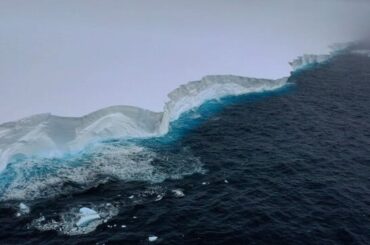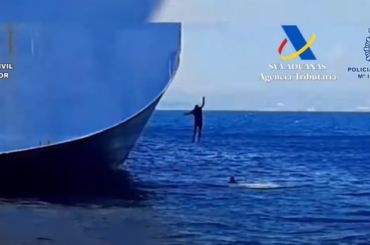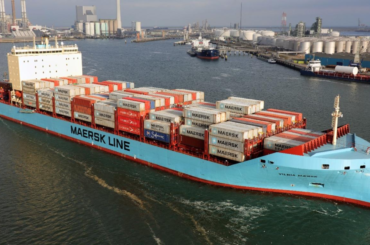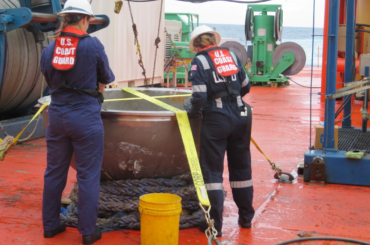Around 64,000 endangered green turtles were caught migrating off the coast of Raine Island, a 32-hectare coral cay on the edge of the Great Barrier Reef in northeastern Australia. This is the world’s biggest green turtle rookery.
As part of the Raine Island Recovery Project, which tries to protect the remote coral cay, the beautiful drone footage was taken in 2019. The number of green turtles (Chelonia mydas) using the area to breed has been going down because of habitat loss and hunting. They are now on the IUCN Red List of Endangered Species.
Scientists on the island are busy rebuilding nesting grounds and putting up fences to protect the 60,000 or more female green turtles that come here every year to lay eggs. This is one of the “greatest animal migrations” on Earth.
Anna Marsden, who is in charge of the Great Barrier Reef Foundation’s Raine Island Recovery Project, said, “We’re seeing the world’s largest aggregation of green turtles captured in these extraordinary drone images that are helping to document the largest turtle numbers seen since we began the Raine Island Recovery Project,”
Scientists have been marking thousands of green turtles with paint since 1984, which is a hard and time-consuming job. They do this so they can count each animal by eye and get a good idea of how many there are on Raine Island.
“Previous population survey methods involved painting a white stripe down the green turtles’ shell when they were nesting on the beach. The paint is non-toxic and washes off in a couple of days,” explained Dr Andrew Dunstan from the Queensland Department of Environment and Science in a statement. “From a small boat, we then counted painted and non-painted turtles, but eyes are attracted much more to a turtle with a bright white stripe than an unpainted turtle, resulting in biased counts and reduced accuracy.”
In December 2019, scientists used drones to find out if more technologically advanced tactics might be better. The team then looked at the video frame by frame in the lab to count the turtles and compare the results to those from the Go-Pro footage taken underwater. They came to the conclusion that using a drone for surveys is the “most efficient method.” It is also safer, more accurate, and makes it possible to store data permanently.







